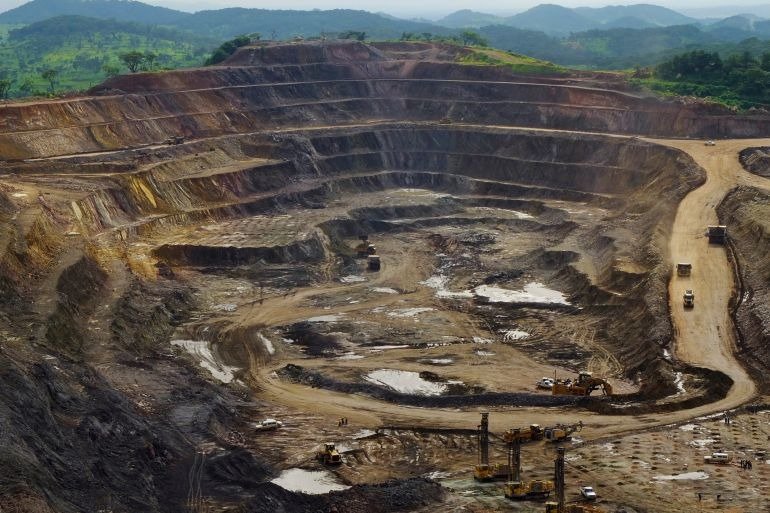The Program Is Recognized As The Next Step In ‘Environmentalism With Chinese Characteristics’
By Feichang Wuran
Environment Correspondent
LUSAKA, Zambia — China’s Ministries of Foreign Affairs and Ecology have released an official schedule of upcoming environmental disasters across Africa, promising a “transparent and proactive approach” to future ecological collapses.
“We are proud to unveil this comprehensive list of entirely unavoidable environmental incidents which will occur precisely on time,” said Environment Minister Huang Runqiu, reading from prepared remarks. “Each represents the culmination of years of willful neglect, underfunded oversight, and unwavering commitment to operational efficiency, all at the cost of Africa’s natural landscape, and where exactly zero Chinese people live, or will be affected. These events will inflict irreversible damage on fragile ecosystems, eradicate local fisheries, and introduce generations of chronic illness to affected communities — demonstrating our continued commitment to predictable governance.”

The report noted that the Bikita Lithium Mine in Zimbabwe, operated by Sinomine Resource Group, is “on track to complete its first lithium-acid runoff by mid-November,” with monitoring teams instructed “to remain off-site for safety and convenience.”
In the Democratic Republic of the Congo, the ministry confirmed that near the Katanga Province border zone, the Lonshi Copper Mine is “already leaking cadmium and arsenic into an underground river at a satisfactory rate.” Officials from JCHX Group, which holds permits in the PE13093 concession around Lonshi, reportedly detected the contamination months ago but withheld notification “to avoid unnecessary alarm before the official announcement.”
Meanwhile, the Zijin Mining Group’s Kolwezi complex, operating in Lualaba Province in the Kolwezi mining district — including the Musonoi and Kingamyambo tailings operations — will “commence controlled heavy-metal seepage trials” timed to coincide with the annual upstream migration of Labeo weeksii and Clarias gariepinus along the Lualaba River system, killing as many individuals as possible.
For the Republic of Guinea, the schedule includes a phase-one “iron-ore particulate dispersal trial” along the Simandou corridor in February, during the dry season, to ensure optimal dust dispersion, followed by a “bauxite slurry overflow event” in the Boké region in July, timed to coincide with the rainy-season runoff. According to the statement, “routine discharge of red-mud residue into nearby waterways” will continue as conditions allow.
At press time, Huang decided a timed rollout was unnecessary and gave the go ahead to unleash all of the pending environmental disasters on the continent of Africa at once.
Got a tip? Contact us at cds@chinadailyshow.net
Follow this and other leading China news at @chinadailyshow on Twitter
